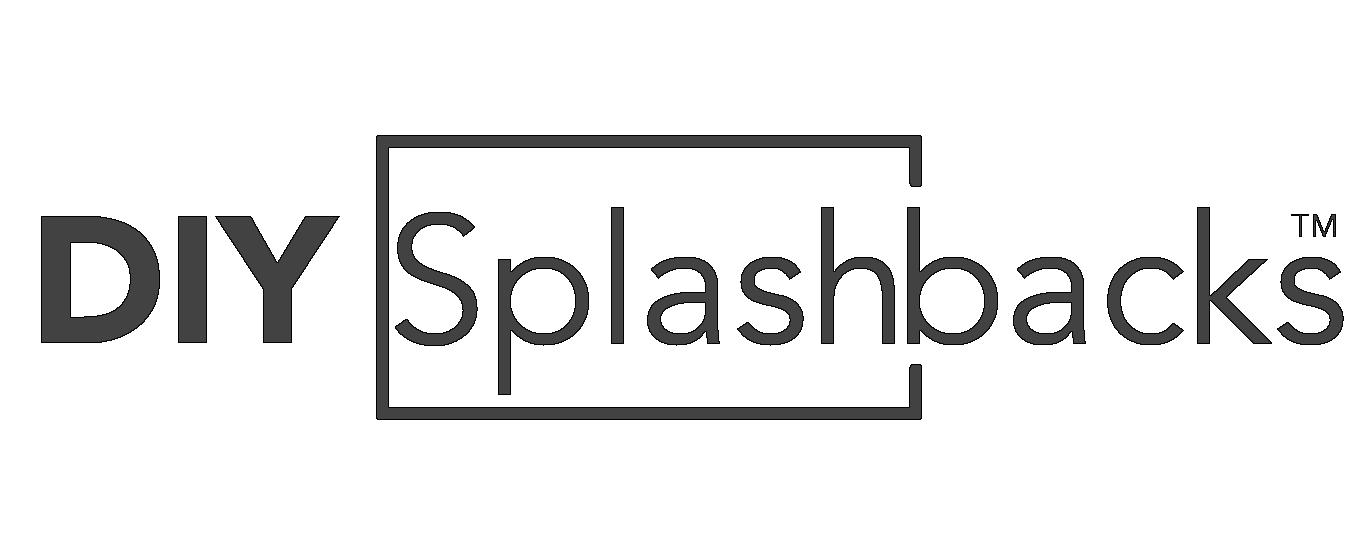"Understanding Splashback Thickness: Does It Matter?"
When renovating your kitchen or bathroom, you'll face countless decisions about materials, colors, and finishes. One question that often gets overlooked until you're deep into the selection process is: does splashback thickness actually matter? The short answer is yes—but perhaps not in the ways you might expect.
What Are the Standard Thickness Options?
Splashbacks typically come in several standard thicknesses, depending on the material you choose:
Glass splashbacks are usually available in 4mm, 6mm, and 10mm thicknesses. The 6mm option is the most popular choice for residential applications, offering a good balance between durability and cost.
Acrylic splashbacks generally range from 3mm to 6mm, with 4.5mm being a common standard. These are lighter than glass and can be easier to install.
Stone and tile splashbacks vary more widely, typically ranging from 6mm for thin porcelain tiles to 20mm or more for natural stone.
Durability and Impact Resistance
Thicker doesn't always mean better when it comes to durability. While a 10mm glass splashback will certainly be more impact-resistant than a 4mm version, the difference in everyday use is minimal. Both will withstand normal kitchen activities like splashing water, heat from cooking, and occasional bumps.
The real question is about your specific environment. In a busy family kitchen where pots and pans are constantly in motion, that extra thickness provides peace of mind. In a low-traffic bathroom or a meticulously organized kitchen, a standard thickness will perform perfectly well.
Visual Appearance and Edge Quality
Here's where thickness makes a surprisingly significant aesthetic difference. Thicker splashbacks, particularly glass ones, have more substantial edges that can create a more premium, luxurious appearance. The edge of a 10mm glass panel catches light differently and feels more solid to the touch than a 4mm panel.
This becomes especially noticeable if you're leaving edges exposed rather than tucking them behind cabinetry or benchtops. A polished edge on a thick glass splashback can become a design feature in itself.
Installation Considerations
Thickness directly impacts installation complexity and cost. Thicker, heavier splashbacks require more robust mounting systems and potentially more labor to install safely. A 10mm glass splashback can weigh significantly more than its 4mm counterpart, which might require additional structural support or specialized adhesives.
For DIY enthusiasts, thinner splashbacks are generally more forgiving. They're lighter, easier to handle, and require less specialized equipment to cut and install.
Heat Resistance
In kitchens, heat resistance is a practical concern. Interestingly, thickness has minimal impact on heat resistance for most materials. A 4mm toughened glass splashback will handle heat just as well as a 10mm version—the thermal properties depend more on the glass treatment than its thickness.
However, thicker materials do provide slightly better insulation between your wall and heat sources, which could matter if you're working with older walls or concerned about long-term heat damage.
Cost Implications
Unsurprisingly, thicker materials cost more. Not only is there more material involved, but shipping, handling, and installation costs all increase with thickness. For a standard kitchen splashback, the price difference between 4mm and 10mm glass might add several hundred dollars to your project.
You'll need to weigh whether the benefits—primarily aesthetic and the perception of quality—justify the additional expense for your particular situation.
The Practical Verdict
For most residential applications, standard thickness splashbacks (6mm for glass, 4.5mm for acrylic) are entirely adequate. They're durable enough for everyday use, cost-effective, and easier to install.
Consider upgrading to thicker options if:
You're creating a high-end, luxury kitchen where every detail matters
You have exposed edges that will be visible design features
You're in a commercial setting with heavy use
You want the added peace of mind of extra impact resistance
Conversely, thinner options work well when:
You're working within a tight budget
The splashback will be largely protected by cabinetry
You're installing it yourself
Weight limitations are a concern
Making Your Decision
Ultimately, splashback thickness does matter, but it's rarely the most important factor in your decision. Focus first on choosing the right material, color, and finish for your space. Then consider thickness as a secondary choice that fine-tunes your selection based on your budget, aesthetic preferences, and practical needs.
The best splashback isn't necessarily the thickest one—it's the one that balances all these factors to work perfectly in your specific space and situation. Don't let thickness become a decision-making bottleneck; treat it as one consideration among many in creating your ideal kitchen or bathroom.
